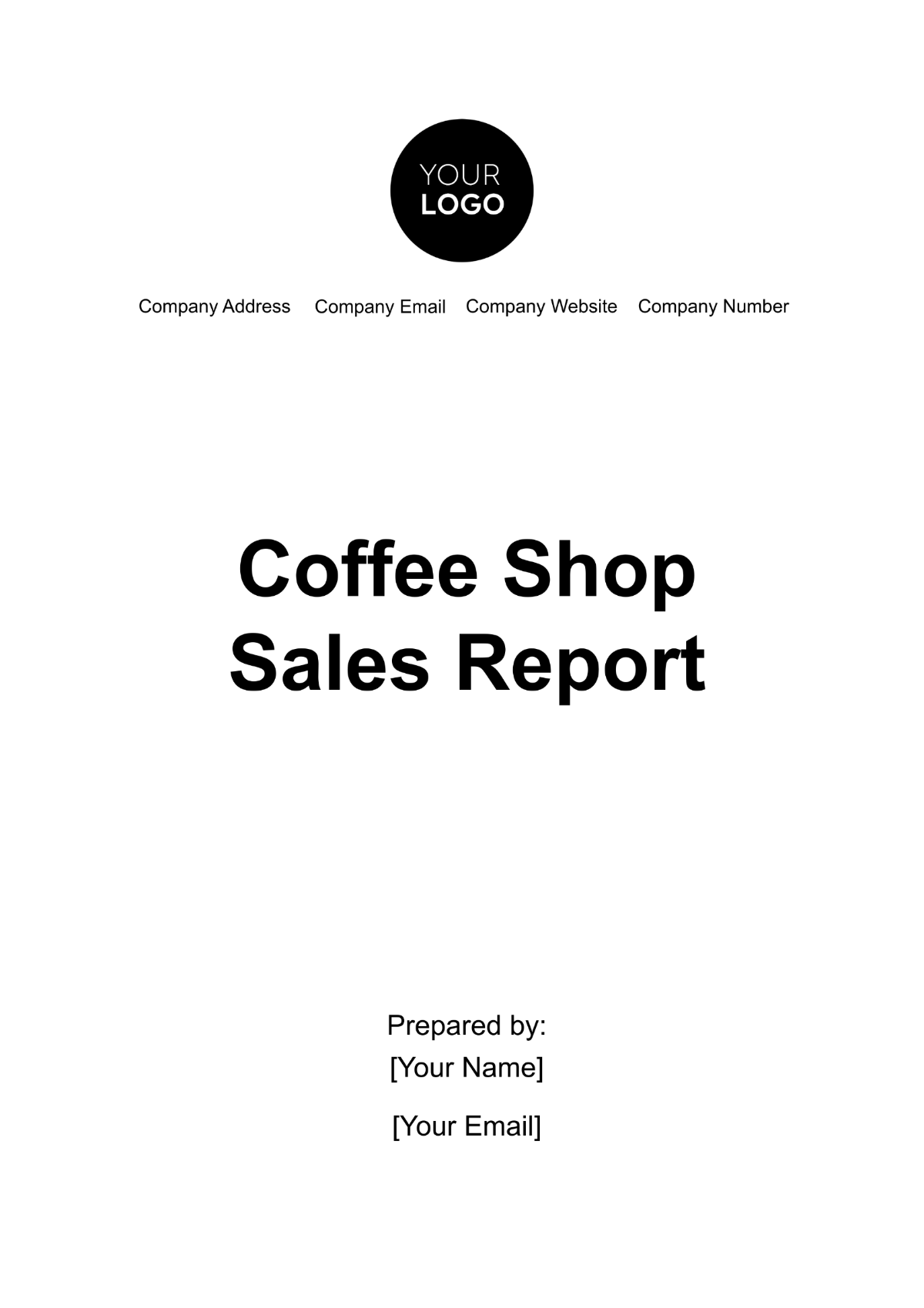Free Sales Annual Client Retention Report
Optimize your client retention strategy with Template.net's Sales Annual Client Retention Report Template. This comprehensive template empowers businesses to analyze and improve client retention rates effectively. Customizable, downloadable, and printable, it offers flexibility in tailoring to your needs. Editable in our AI Editor Tool to ensure enhanced client relationships and long-term success.






























